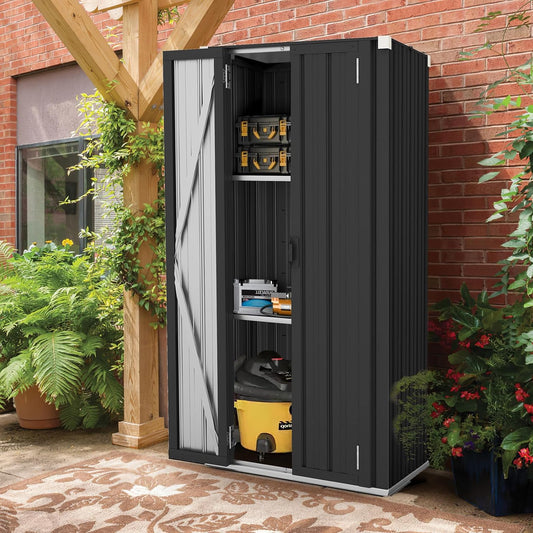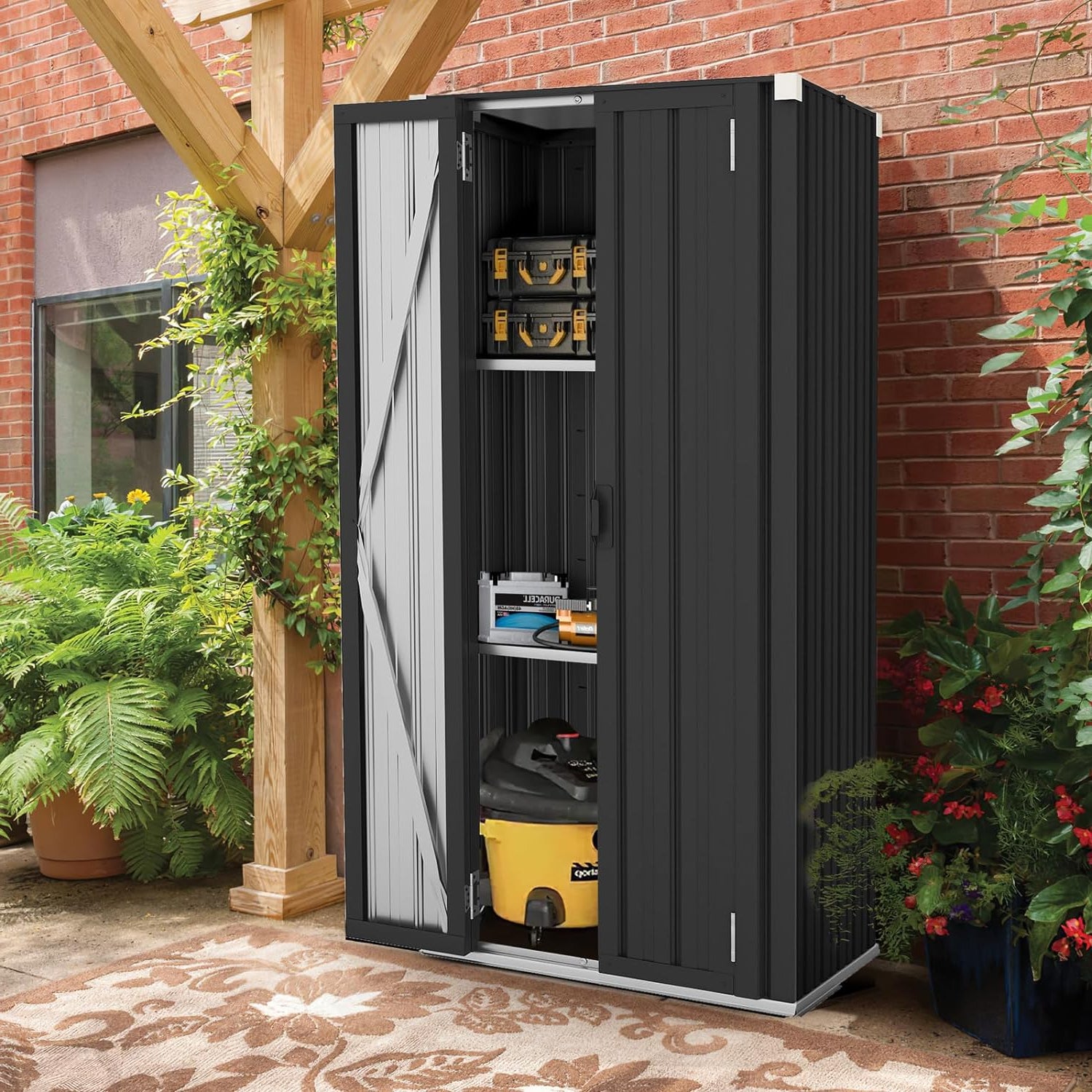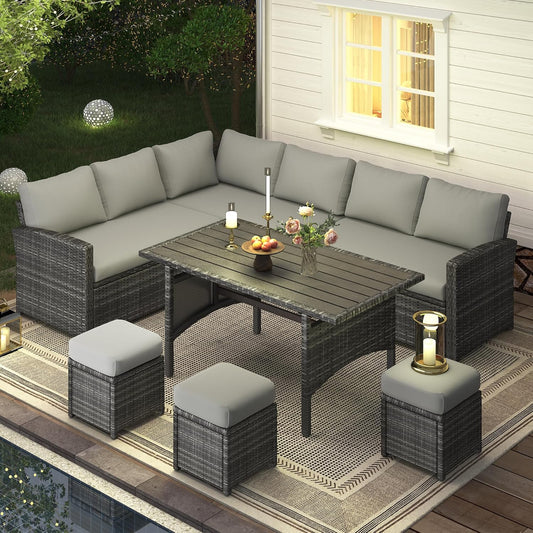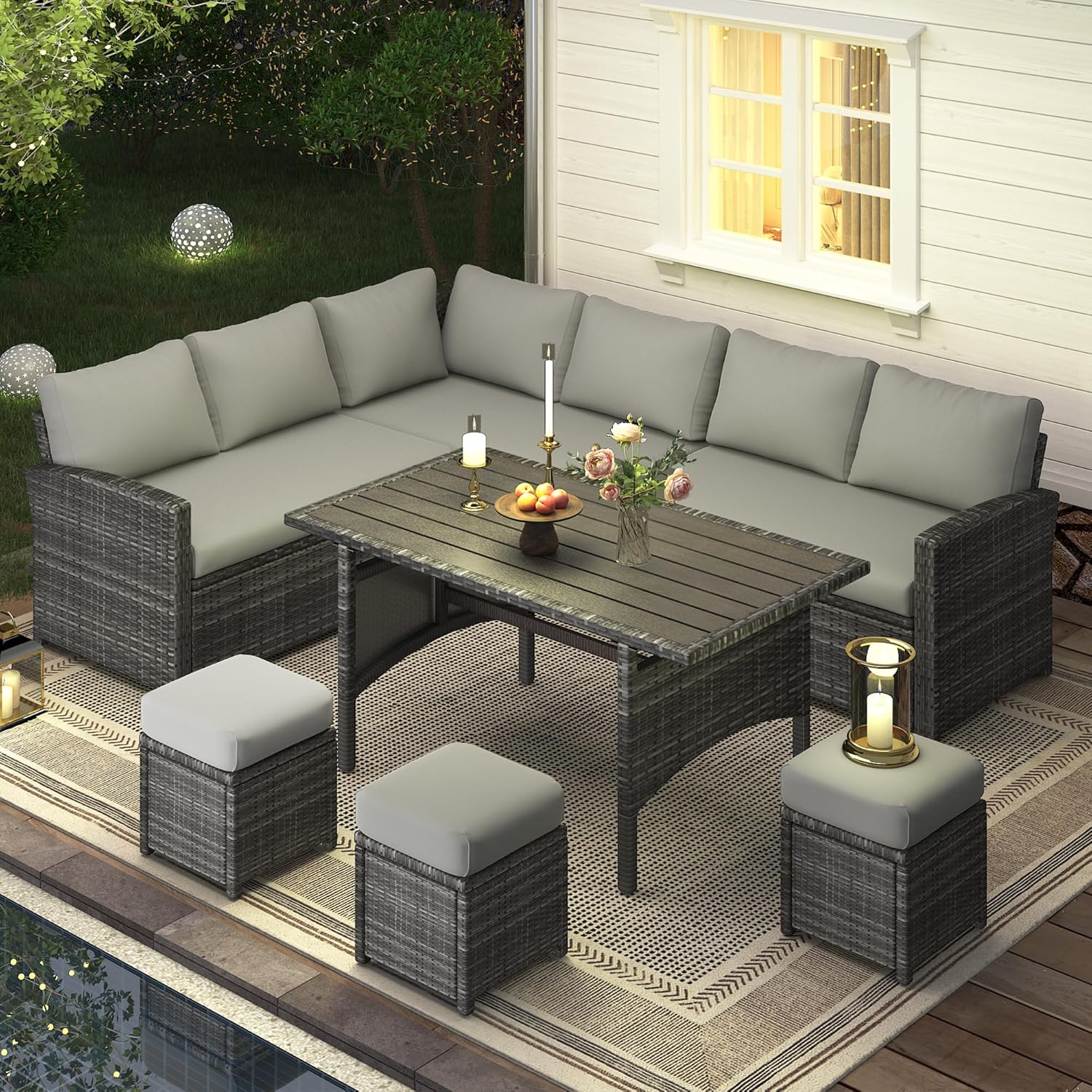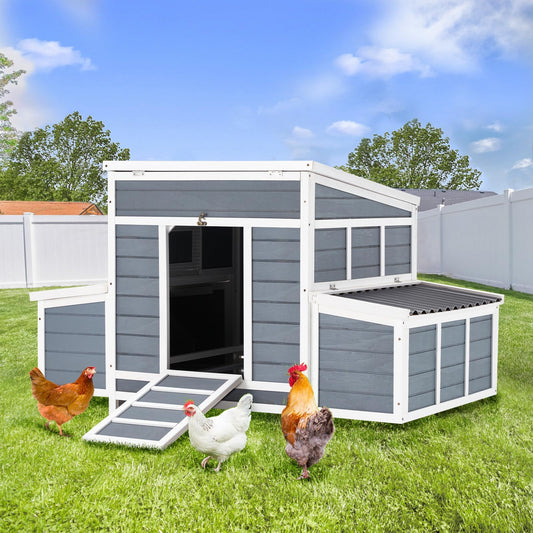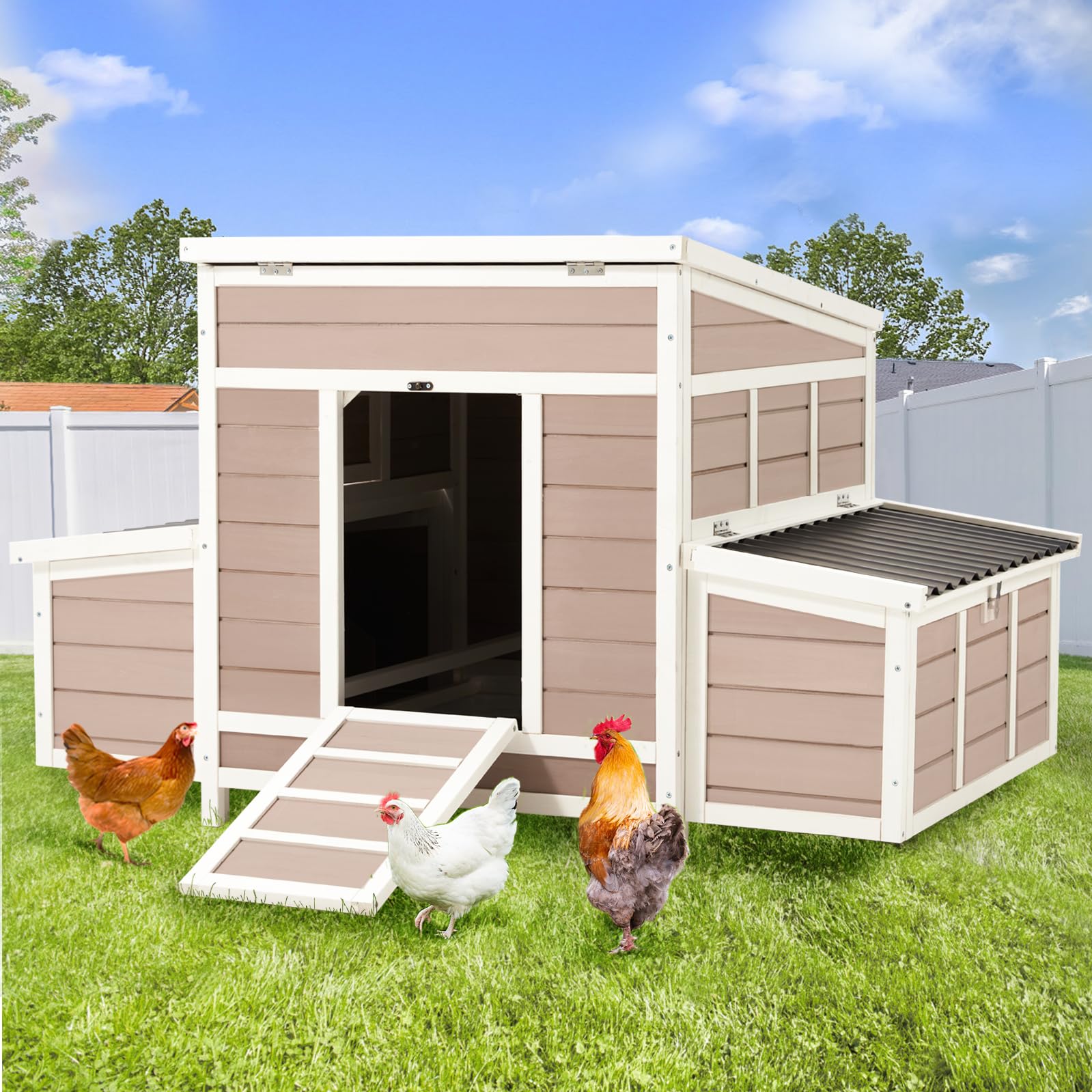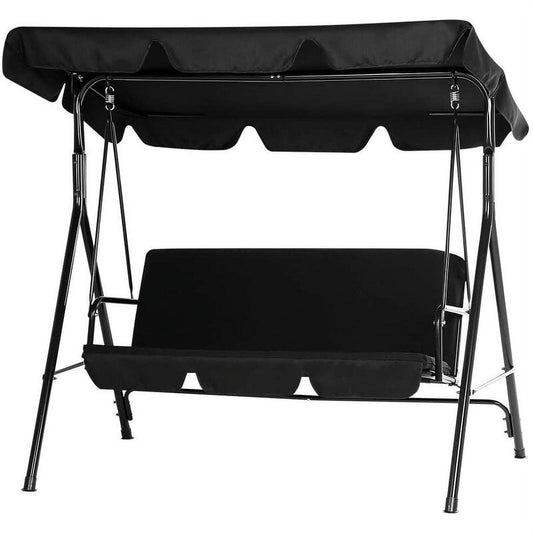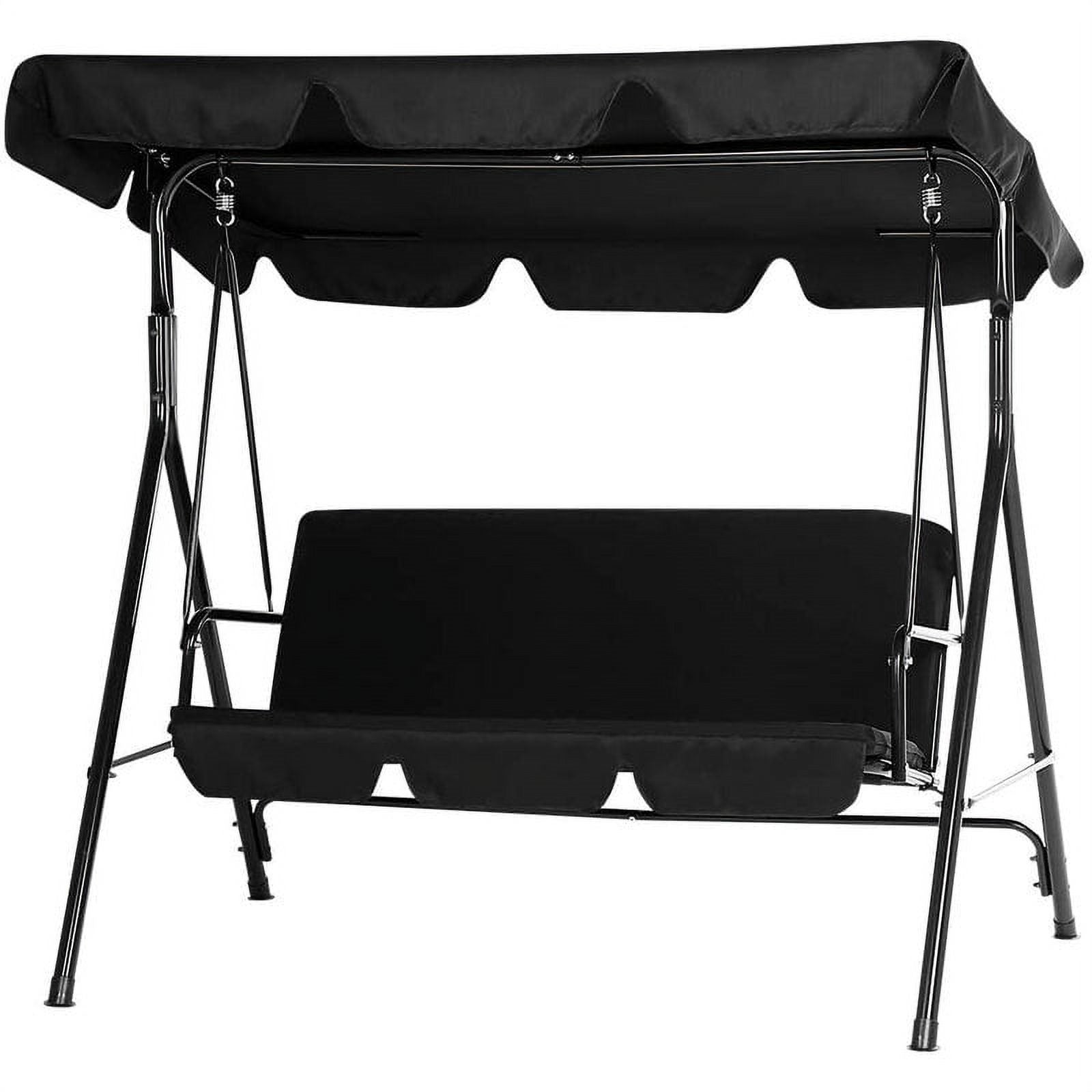If you’ve spent any time in a gym, you’ve probably seen the leg extension machine. It’s that sleek, easy-to-use piece of equipment where you sit, place your ankles under the padded bar, and straighten your legs. But it’s more than just a one-trick pony. While the leg extension exercise is its claim to fame, this machine can do so much more.
Whether you’re a busy business owner squeezing in workouts before meetings or someone who prefers training at home with a home leg extension machine, this versatile tool deserves a spot in your routine. It’s great for targeting specific leg muscles, building strength, and even adding some core work. Plus, if you don’t have access to one, there are leg extension alternatives, but none quite match the machine’s ability to isolate muscles.
In this blog, we’ll break down the top 5 exercises you can do on the leg extension machine, starting with the classic move that gives the machine its name. Let’s dive in!

1. Primary Function 1: Leg Extension
The leg extension exercise is the star of the show when it comes to this machine—and for good reason. It’s simple, effective, and perfect for zeroing in on your quadriceps, the big muscles on the front of your thighs. If you also want to work out at home, you can consider YODOLLA leg extension and curl machine, which can perfectly meet your needs.
To do it, sit on the machine with your back pressed against the seat. Place your ankles under the padded roller, making sure your knees are bent at a 90-degree angle. Grasp the handles on the sides for stability, then slowly straighten your legs, lifting the roller until your knees are fully extended (but don’t lock them!). Pause for a second, then lower the roller back down slowly to the starting position.
This move is all about the quadriceps. These muscles are responsible for extending your knees, so the leg extension exercise hits them directly. It’s one of the best ways to isolate and strengthen your quads without putting extra strain on your hips or lower back.
The training benefits are clear. It builds quad strength, which helps with everyday movements like walking, climbing stairs, and standing up from a chair—handy for busy professionals who are on their feet a lot. It also improves knee stability; by strengthening the muscles around your knees, you can reduce the risk of injuries, especially if you play sports or lift weights. And unlike some leg exercises like squats, the leg extension machine lets you focus solely on the movement without worrying about balancing heavy weights.
It suits a range of people: beginners just learning to target specific leg muscles, athletes looking to boost their lower body power (think runners or basketball players), and even people recovering from knee injuries (with a doctor’s okay) since it’s a low-impact way to rebuild strength.
Aim for 3 sets of 12–15 reps. If you’re using a leg curl extension machine that lets you adjust the weight, start light to get the form right. As you get stronger, gradually add more weight.
Want to see how it’s done? Check out this quick video demonstration: [Insert Video: Proper Leg Extension Form on the Machine]
Next up, we’ll flip the script and talk about using the same machine to work your hamstrings with leg curls. It’s the perfect complement to the leg extension exercise—let’s keep those legs balanced!
2. Primary Function 2: Leg Curl
Now that we’ve covered the quad-focused leg extension exercise, let’s shift to the other side of your legs: the hamstrings. Many leg curl extension machines let you flip the setup to target these muscles, making the machine a two-in-one powerhouse for balanced leg training.
Doing leg curls on the machine is straightforward. First, adjust the seat so that when you lie face down, your knees line up with the machine’s pivot point. Rest your lower legs on the padded roller, which should sit just below your calves. Grip the handles on the sides of the bench to keep your body steady. Then, slowly bend your knees, pulling the roller toward your glutes as far as you can. Hold that squeeze for a second, then lower the roller back down in a controlled motion.
The main target here is your hamstrings—the muscles on the back of your thighs that help bend your knees. Getting the form right is key: keep your hips pressed into the bench to avoid arching your lower back, and don’t swing the weight with momentum. Slow, steady movements ensure your hamstrings are doing the work, not other muscles.
Leg curls complement leg extensions perfectly. While leg extensions focus on straightening the knee (working quads), leg curls focus on bending it (working hamstrings). This balance is crucial because strong hamstrings help stabilize your knees and prevent imbalances that can lead to injury. For example, if you only do leg extensions, your quads might get stronger than your hamstrings, which could strain your knee joints over time.
Whether you’re using a standalone leg curl extension machine or a home leg extension machine that offers this function, adding leg curls to your routine is a smart move. Aim for 3 sets of 12–15 reps, just like with leg extensions. If you’re new, start with a lighter weight to master the movement—quality form beats heavy weights here.
Ready to take things up a notch? Next, we’ll explore a variation that challenges your balance and single-leg strength: the standing single-leg curl. It’s a great way to level up your hamstring training!

3. Primary Function 3: Standing Single-Leg Curl
If you want to boost your hamstring strength while also working on balance, the standing single-leg curl on the leg extension machine is a fantastic choice. It’s a bit more dynamic than regular leg curls, making it perfect for anyone looking to improve stability—whether you’re an athlete or just someone who wants to move better in daily life.
To do this exercise, start by standing next to the machine. Hold onto the handle for support with one hand. Shift your weight to one leg, then bend the other knee, bringing your heel toward your glutes. If your machine has a padded roller, you can rest the top of your foot against it to add gentle resistance, but you can also do it without weight to focus on form first. Lower your foot back down slowly, keeping your standing leg slightly bent to avoid locking your knee. Repeat on the other side.
The key here is to keep your hips level—don’t let them tilt to one side as you curl your leg. Engage your core to stay steady, and move slowly to prevent swinging. This ensures your hamstring is doing the work, not momentum.
Training single-leg strength is important because most daily movements (like walking or climbing stairs) rely on one leg at a time. It also helps spot imbalances—you might notice one leg is stronger or more flexible than the other, which you can then work to correct. For busy professionals who spend a lot of time sitting, this exercise can also help loosen tight hamstrings.
A few precautions: If you have knee issues, start without added resistance and focus on controlled movements. Avoid rounding your lower back—keep your chest up and core tight. And if balance is tricky at first, you can stand closer to the machine or even touch it with both hands until you get the hang of it.
Aim for 2–3 sets of 10–12 reps per leg. As you get more comfortable, you can use the machine’s weight stack (if available) to add resistance, similar to how you would with a leg curl extension machine.
Up next, we’ll move beyond the legs and see how the leg extension machine can help with glute training through hip thrusts. It’s amazing how versatile this machine really is!
4. Primary Function 4: Hip Thrust
You might not think of the leg extension machine as a glute trainer, but it’s actually great for hip thrusts—an exercise that really fires up your gluteus maximus. This is a game-changer for anyone looking to build a stronger, more defined backside, whether you’re hitting the gym or using a home leg extension machine.
Here’s how to do it: Sit on the edge of the machine’s seat, with your back against the pad. Slide forward a little so your hips are just off the seat, then bend your knees and place your feet flat on the floor, shoulder-width apart. Grasp the sides of the seat for support. Now, push through your heels, lifting your hips upward until your body forms a straight line from your shoulders to your knees. Squeeze your glutes hard at the top, hold for 2 seconds, then lower your hips back down slowly.
The main target here is your gluteus maximus—the largest muscle in your glutes. It’s responsible for hip extension, which is exactly what you’re doing when you lift your hips. You’ll also feel a little work in your hamstrings and core, but the glutes should be doing most of the heavy lifting.
Proper technique is key. Keep your chest up and avoid rounding your lower back—imagine pressing your shoulder blades into the machine’s pad. Your feet should stay flat the whole time, and your knees shouldn’t cave inward. If you want more resistance, you can place a weight (like a dumbbell) on your hips, but start without extra weight to get the form right.
The training effects are impressive. Strong glutes don’t just look good—they help with posture, especially if you sit at a desk all day. They also power movements like jumping, climbing, and even walking. Adding hip thrusts to your routine with the leg extension machine is a smart way to balance out all the leg work you’re doing with exercises like the leg extension exercise.
Aim for 3 sets of 10–12 reps. If your machine has a leg curl extension function, you can even pair hip thrusts with leg curls for a full lower-body session.
Who knew this machine could work your core too? Next up, we’ll show you how to use it for crunches—let’s give those abs some love!

5. Primary Function 5: Crunches
Yes, you read that right—you can use the leg extension machine for core workouts, specifically crunches. It’s a handy way to switch up your ab routine and make the most of the equipment you have, whether it’s at the gym or a home leg extension machine.
To do crunches on the machine, start by sitting on the seat. Adjust the backrest so it’s in a slightly reclined position (not too flat, or it’ll be too easy). Place your feet under the padded roller just like you would for the leg extension exercise—this keeps your lower body stable. Cross your arms over your chest or place your hands behind your head (but don’t pull on your neck!).
Now, engage your core and slowly curl your upper body forward, bringing your chest toward your thighs. Focus on using your abs to pull you up, not momentum. Pause when your shoulders are off the backrest, then lower back down slowly.
The key form points here are: keep your lower back pressed into the seat to avoid straining it, and don’t arch your neck. Your movement should come from your midsection, not your hips or shoulders. Think of it as a small, controlled squeeze rather than a big swing.
Core strength is crucial for almost every movement you make—from lifting heavy objects to maintaining good posture during long workdays. Strong abs also help protect your lower back, which is especially important if you’re doing a lot of leg exercises like leg curls or the leg extension exercise.
This variation is great because the machine stabilizes your legs, so you can really focus on your core. It’s a good option if traditional floor crunches bother your neck or lower back.
Aim for 3 sets of 15–20 reps. If you want more of a challenge, you can hold a light weight against your chest as you curl.
Now that you know all 5 exercises, let’s talk about how to use the machine safely—because getting strong is great, but staying injury-free is even better!
6. Safety and Usage Tips
Using the leg extension machine safely is key to getting the most out of your workouts without getting hurt. Whether you’re using a gym model or a home leg extension machine, these tips will help you stay on track.
First, always adjust the machine to fit your body. For the leg extension exercise, the padded roller should sit just above your ankles, and your knees should be bent at a 90-degree angle when starting. If it’s a leg curl extension machine, make sure the roller is positioned correctly for leg curls too—too high or too low can strain your knees.
Warm up before using the machine. A few minutes of light cardio (like walking or jogging) followed by dynamic stretches (such as leg swings) gets blood flowing to your leg muscles, making them more flexible and less prone to injury.
Start with light weights. Even if you’re used to other leg exercises, the leg extension machine isolates muscles in a unique way. Mastering form with a light load helps you avoid bad habits that could lead to knee or back pain later.
Don’t lock your knees during leg extensions. Fully straightening your legs is fine, but keeping a tiny bend in your knees prevents unnecessary stress on the joint. Similarly, when doing leg curls, don’t over-curl—stop when your heels are close to your glutes to avoid straining your hamstrings.
Take your time with each rep. Rushing through the movement (especially lowering the weight) can cause momentum to take over, reducing the effectiveness of the exercise and increasing injury risk. Aim for a 2-second lift and 3-second lower for each rep.
Listen to your body. If you feel sharp pain (not just muscle fatigue), stop immediately. This is especially important for exercises like hip thrusts, where improper form can strain your lower back.
Here’s a quick reference table for proper form checks across the main exercises:
|
Exercise |
Key Form Check |
Common Mistake to Avoid |
|
Leg Extension |
Knees aligned with the machine’s pivot point |
Locking knees at the top |
|
Leg Curl |
Hips pressed into the bench |
Arching lower back |
|
Standing Single-Leg Curl |
Hips level, core engaged |
Swinging the leg for momentum |
|
Hip Thrust |
Body forms a straight line from shoulders to knees |
Rounding the lower back |
|
Crunches |
Lower back pressed into the seat |
Pulling on the neck with hands |

Conclusion
Who knew the leg extension machine could do so much? From targeting quads with the classic leg extension exercise to working hamstrings with leg curls, boosting balance with standing single-leg curls, firing up glutes with hip thrusts, and even strengthening your core with crunches—it’s a true multitasker.
Whether you’re a busy professional fitting in workouts between meetings or someone setting up a home gym with a home leg extension machine, this equipment offers endless possibilities. It’s also a great alternative if you’re looking for leg extension alternatives that still let you isolate and strengthen key muscles.
Remember, consistency is more important than lifting heavy. Stick to the form tips, start slow, and gradually increase weight or reps as you get stronger. And don’t forget to pair these exercises with other movements for a full-body routine—strong legs and a solid core are the foundation of good fitness.
So next time you see that leg extension machine (or your trusty home model), you’ll know exactly how to make the most of it. Here’s to stronger, healthier legs (and glutes, and core!)—one rep at a time.















